Expanding your knowledge in any of these areas can have a significant impact.
Choose a topic to begin your in-depth exploration!
The Silent Erasure:
Unlimited killing of keystone species in Colorado is allowed by CPW
Keystone species such as beavers, bobcats, coyotes, and prairie dogs play a crucial role in maintaining ecological balance. Despite their importance, Colorado Parks and Wildlife (CPW) currently permits unlimited killing of these species, leading to widespread population declines and severe disruptions in their ecosystems. Without regulation, these animals face relentless extermination, harming biodiversity and weakening the natural resilience of the landscape.
A small but influential group of lobbyist trappers has embedded itself within CPW and the legislature, aggressively pushing for fur trapping—despite its clear violation of the North American Model (NAM) for wildlife conservation, which prohibits the commodification of wildlife. These trappers profit by selling fur overseas, undermining ethical hunting practices and conservation principles. The annual fur auction in Colorado, driven by this powerful lobby, must come to an end to uphold responsible and sustainable wildlife management. Read more here...
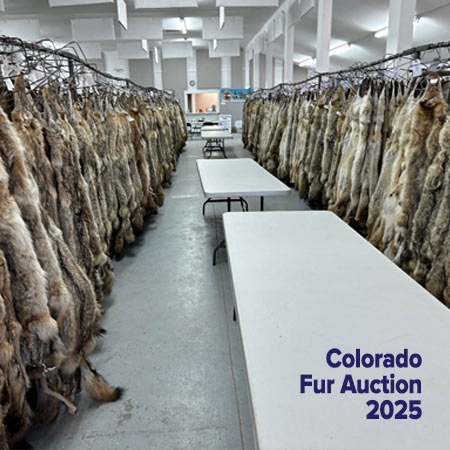
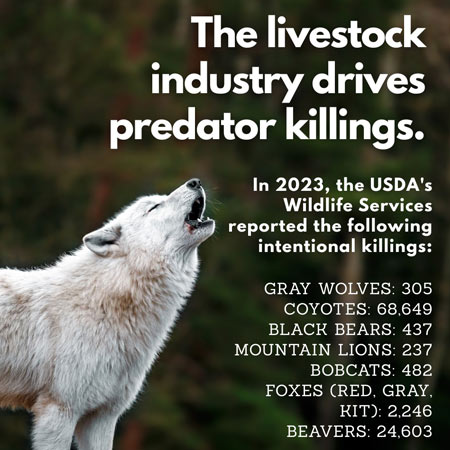
Predator Demonization:
Unfairly villified in media and communities, our predators are being killed and pushed out of wildlands
Predators like wolves, cougars, and coyotes have been wrongly blamed for livestock losses and human-wildlife conflicts, despite their crucial role in maintaining ecological balance. These species regulate prey populations, preserve biodiversity, and support healthy ecosystems. Yet, fear-driven policies continue to threaten their survival. Wolves, in particular, contribute to ecosystem stability through trophic cascades, preventing overgrazing and promoting healthier forests. Their presence benefits all wildlife, including elk and deer, by sustaining the natural harmony of the environment.
Public Land Grab:
Government public land leasing to corporate ranchers causes wildlife devastation
Large corporate ranchers grazing livestock on public lands pay significantly less—about 1/14th—of what they would on private land. In return, they advocate for predator removal and habitat destruction to boost profits, prioritizing financial gain over environmental health. These corporations often abandon their sheep and cattle on public lands and care little about the damage their livestock causes to the native grasses and soils, treating them as an entitlement while receiving compensation for wildlife-related losses. Meanwhile, small, ethical ranchers who actively maintain their own land and care about their soil and grasses, bear the consequences of this corporate-driven system.
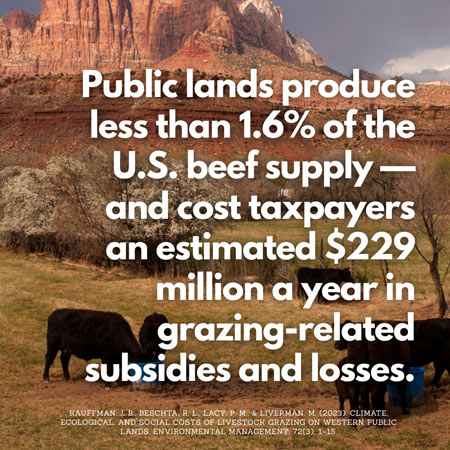
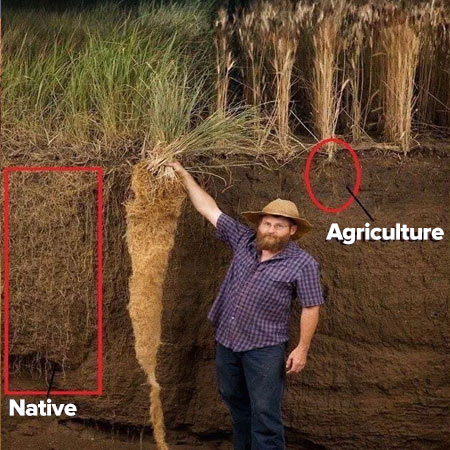
Toxic Land:
The Devastating Impact of Poisons & Industrial Agriculture on Soil and Wildlife Populations
Industrial agriculture and widespread use of toxic chemicals have wreaked havoc on ecosystems, degrading soil health and endangering wildlife. Pesticides, herbicides, and chemical fertilizers seep into the earth, disrupting microbial life and reducing soil fertility, leading to long-term environmental damage. As these toxins infiltrate waterways and food chains, they poison countless species, from insects to large predators, causing population declines and destabilizing delicate ecological balances. Habitat destruction from large-scale farming further compounds these issues, leaving little refuge for native species. Without urgent action to curb harmful practices, the land continues to suffer, taking countless wildlife populations down with it. You can read more about Pesticides here.
Vanishing Grasslands:
The Grasslands Crisis and What’s at Stake
Grasslands are the most endangered ecosystems in the world, rapidly disappearing due to urban expansion, agriculture, and climate change. These vital landscapes support a diverse array of species, including pollinators, grazing animals, and predators. Their destruction threatens food security, water cycles, and long-term environmental sustainability.
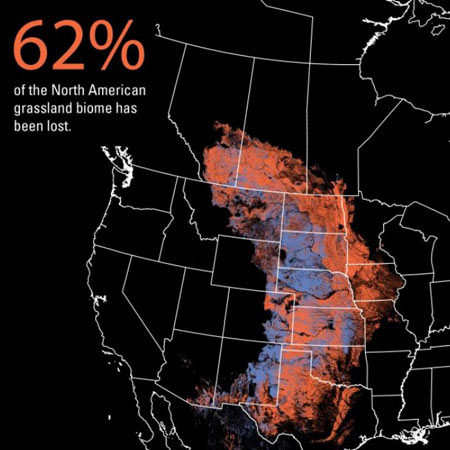
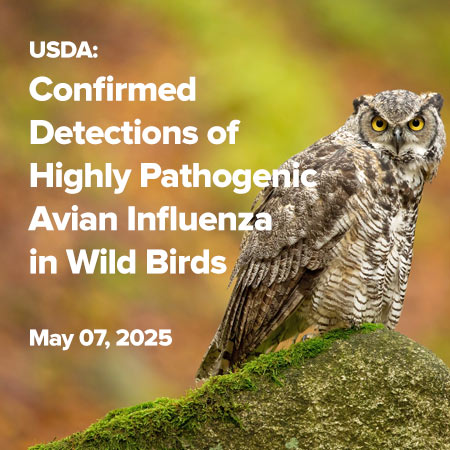
Bird Flu, Plague, and Disease:
The Spread of Human-Caused Disease in Wildlife Populations
Diseases like avian flu and plague have devastating effects on wildlife, often spreading rapidly through animal populations and disrupting ecosystems. Birds and wildcats infected with avian flu may experience respiratory distress, neurological issues, and high mortality rates, with the virus spreading through direct contact or contaminated environments. Plague, originally transmitted from humans, affects mammals such as rodents and their predators, leading to population crashes that ripple through the food chain. These diseases not only weaken individual species but also threaten biodiversity by reducing prey availability, altering predator-prey dynamics, and increasing competition for resources. Without intervention, disease outbreaks can destabilize entire ecosystems, putting wildlife at further risk.
On the Brink:
Prairie Dogs’ Fight for Survival Against Mass Extermination
Prairie dogs, once abundant across the American grasslands, are now facing relentless extermination due to habitat destruction, poisoning, and unchecked development. These keystone species play a vital role in maintaining the health of prairie ecosystems, supporting countless other wildlife by aerating soil, creating shelter, and regulating plant growth. Yet, they are often targeted as pests, wiped out to make way for agriculture and urban expansion.
Their disappearance triggers a ripple effect, disrupting food chains and threatening species that rely on their colonies, such as black-footed ferrets, burrowing owls, and hawks. Without urgent conservation efforts, prairie dogs could vanish from many landscapes, leaving ecosystems fractured and vulnerable.
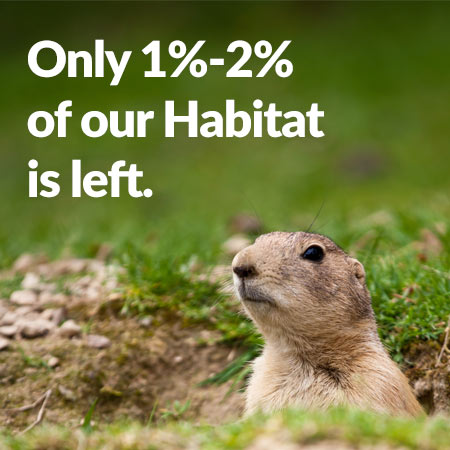
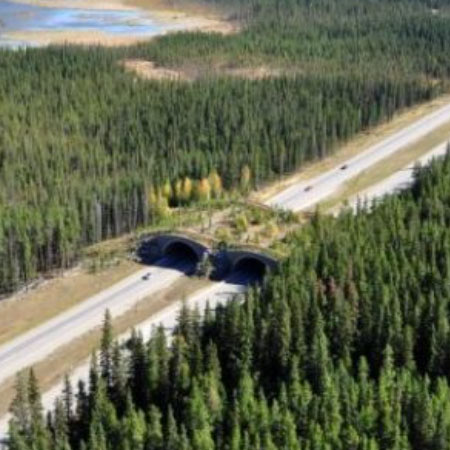
Fragmentation of Wildlands:
Habitat fragmentation, caused by urbanization, agriculture, and infrastructure development, is one of the biggest threats to biodiversity
When natural habitats are divided into smaller, isolated patches, wildlife struggles to migrate, find food, and reproduce, leading to population declines and even extinction. Wildlife corridors—protected passages that connect fragmented ecosystems—are crucial in mitigating these effects. They allow animals to move freely between habitats, ensuring genetic diversity and promoting healthier populations. Successful corridors, such as those implemented in Banff National Park, demonstrate how strategic conservation can help wildlife thrive despite human expansion. Investing in these pathways is not just beneficial for animals—it also strengthens ecosystems, supports biodiversity, and ultimately benefits humans by maintaining natural balance.